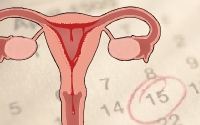An introduction to female reproductive system
Pituitary gland
The pituitary gland (also called 'master gland') is a pea sized gland located at the base of the brain. It secretes hormones that control the development and function of different organs in the body. Hormones are chemical messengers that influence the functioning of their target organs. One such hormone is the growth hormone 'GH' which causes the human body to grow. It results in development of an infant into a child and the subsequent growth of the child to become an adolescent and eventually an adult.
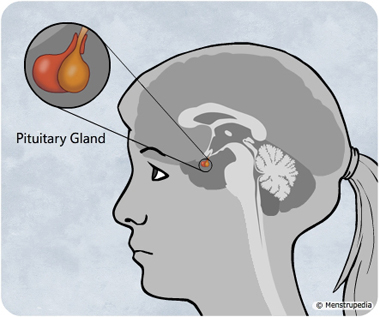
Uterus
Uterus, which is also known as womb, is an inverted pear shaped female body organ located in the lower abdomen. During pregnancy it holds and nourishes the baby.
When a girl reaches sexual maturity, her uterus develops a soft and thick lining on its interior surface every month to provide a nourishing bed for a prospective baby. This lining is called endometrium (pronounced: N-dow-met-ri-um) and is made of numerous blood vessels and soft tissue. If a baby is not conceived during the month, the endometrium is shed and the uterus then begins to develop a new lining for the forthcoming month.
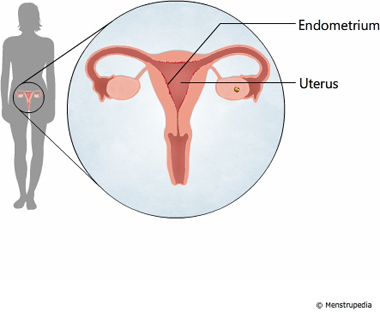
Vagina
Vagina (pronounced: vaj-I-na), also known as birth canal, is a tube shaped female body organ with one end leading to the uterus and the other end leading out of the body between the legs.
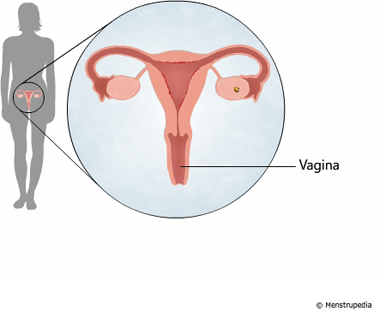
Cervix
Cervix (pronounced: ser-vix) is the lower end of the uterus that opens into the vagina. It secretes mucus called cervical mucus. The function of cervical mucus is to moisten the walls of the vagina and from time to time, it is expelled from the vagina.
During menstruation the cervix stretches open slightly to allow the endometrium to be shed.
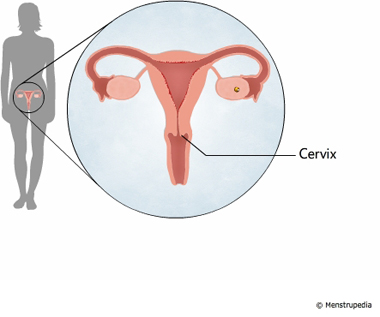
Ovaries
Ovaries (pronounced: O-va-rees) are a pair of female body organs, each about the size and shape of an almond, located on either side of the uterus. Since a girl's birth, her ovaries contain thousands of immature egg cells. Once she reaches sexual maturity, one egg from either of her ovaries develops and is released into the uterus every month. This process is called ovulation (pronounced: O-vyu-la-shun).

Fallopian tubes
Fallopian (pronounced: fa-lo-P-an) tubes are a pair of narrow tubes stretching from the ovaries to the uterus. Each of the tubes has one of their ends leading into the uterus while the other end lies close to the ovaries. The ends of the fallopian tubes close to the ovaries are covered with finger like projections called fimbriae. Each of these fimbriae are covered with tiny hair like projections called cilia.
When an egg cell is released from the ovary, it is swept into the fallopian tube by the cilia of the fimbriae. Once inside, the egg cell travels through the fallopian tube towards the uterus. It is inside the fallopian tube that an egg is generally fertilized. Fertilization is the process by which the male reproductive cell (a sperm) unites with an egg cell.
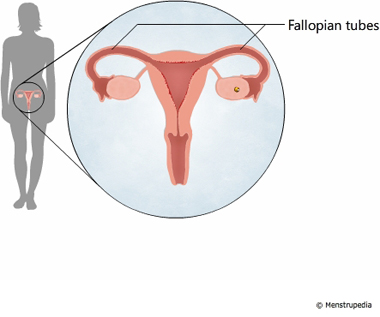
References:
- Pituitary gland, http://www.nlm.nih.gov
- Female reproductive system, http://kidshealth.org
- Your guide to the female reproductive system, http://www.webmd.com

